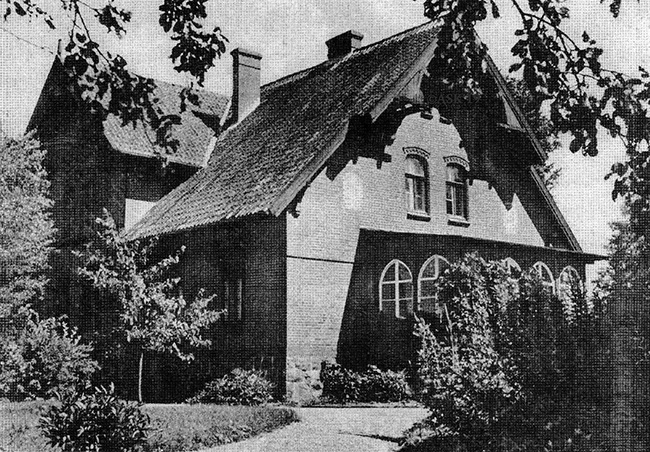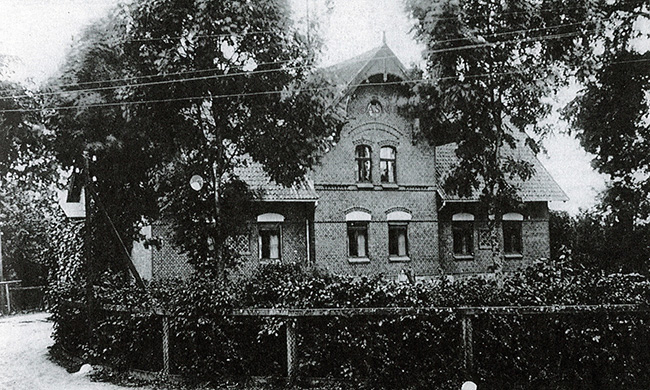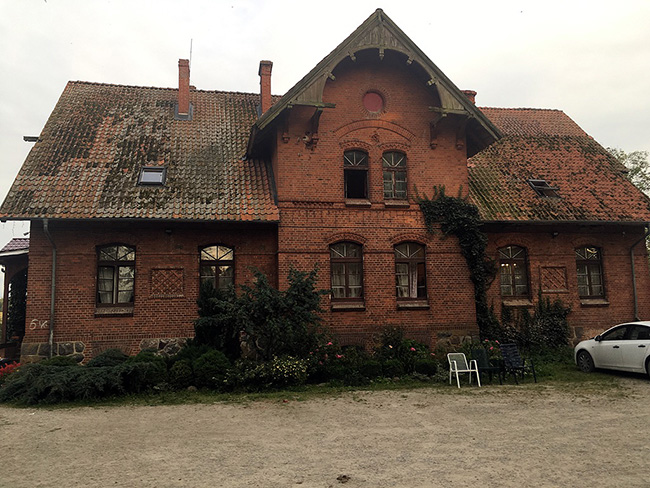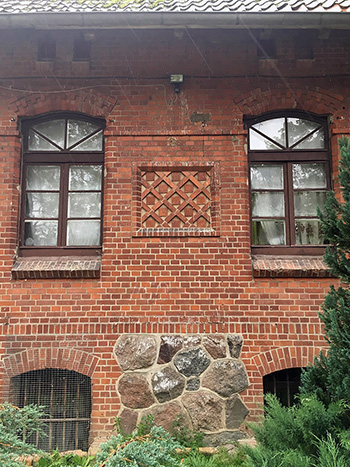Romincka - Warnen Forestry
Warnen is one of the two oldest forestries (forest administrations) in the Romincka Forest. And one of those that has survived to this day.
The first mention of a settlement called Varna dates back to the middle of the 16th century. However, it only appears on maps at the end of the 18th century.
Since the end of the 17th century, Varnen has been one of the locations of
forest rangers. Since the beginning of the 1700s, it has become one of the two forest
areas of
the Pushcha (the second is Nassaven). Since 1739, Varnen received the status of
a royal forestry - the official name is "Royal Varnen Forest". The second such
forestry was the "Royal Nassaven Forestry". The entire Pushcha massif was
divided between these forestries, and since the summer of 1869, the Pushcha was
"divided" and two more forestries were formed.
In 1820, the name "Royal Senior Forestry of Varnen" was approved, which existed
until the beginning of the 20th century.
The names of the forestry officials who headed the forestry department can be traced back to the beginning of the 19th century: Reichel, Foss , Uhl, Yudtz.
In 1890, the forestry department was subordinated to five district forestries and forest plots. The area of forests included in the forestry department was about 5,700 hectares. The largest lake in Pushcha, Marinovo/Severnoye, is located on the territory of the forestry department.
In 1897, a new forestry building was built (which still exists today). The chief forester at that time was Richard Ehlers.

This is how forester Otto Bernhardi (acting forester after 1939) describes the building:
“The building was constructed in 1897 according to a typical Prussian design, made of red brick, directly above a water source reminiscent of an artesian well.
The building housed an office (working space for the forestry department) and living quarters for the forester. A total of 8 heated rooms.
In 1939, the building was equipped with electricity and sewerage. There were good, dry basements. Under the building, in the basement, a tank was built in which live trout, tench and carp were waiting for their time. All the rooms were equipped for meetings with representatives of the public, fellow foresters and large landowners. Adjacent to the building were 12 hectares of fertile land. The climate conditions were the mildest in comparison with other forestries in the forest. As a rule, in the spring in Varna everything was already green and beginning to bloom, while in Rominten there was still snow."
From 1935 to 1939, the forestry was headed by Paul Barkhausen , who died during the Polish campaign near Warsaw on September 19, 1939. Barkhausen's remains were reburied in the forest area that had once been under his control. And the forestry was renamed in his honor by order of Hermann Göring, who held, among other things, the post of Imperial forester.

Currently, the forestry building is used as a guest house.


In 2014, a memorial stone was installed on the territory of the guest house to local historian and expert on the Romintskaya Pushcha, Sergei Serebryakov.
